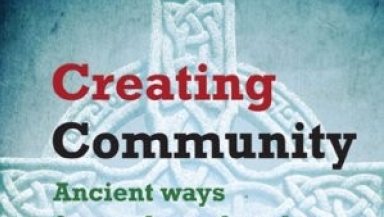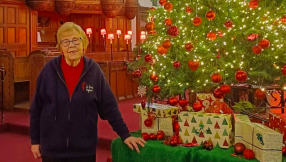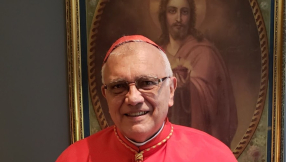
When is it a "bandwagon" and when is it an authentic move of God's Spirit? Those of us who have been around a while have seen several waves of popular movements within the British church and it's never straightforward to know how much of it is God at work and how much is mere fashion.
The current movement of "New Monastic" spirituality and the continuing popularity of all things Celtic has helped many people draw closer to God, and it certainly meets the needs of our time with its blend of discipline and freedom in the Spirit.
Simon Reed is well qualified to lead the reader into the nitty-gritty of the new monastic. He is one of the three Guardians of the Community of Aidan and Hilda and is also a vicar in London. The book is written as a church leader for church leaders who want to find a new direction for their church community. Many ministers and church leaders know a little about Celtic spirituality. They have dabbled with Celtic worship and music but would like to know more. This is the book for those who want to take the next step.
The book introduces three practices for churches who want to strengthen their community life. The first is adopting a 'Rule' or 'Way of Life'. This is an essential part of defining a religious community and Reed describes how the Rule may be adapted and applied to the local church setting. This is the most challenging section of the book and likely to deter some people from reading further, but the author describes his own experience at grappling with a Rule of Life and its part in the monastic community.
The other two core elements described in the book are less challenging. One is having a Soul Friend, which is helpfully explained as someone who will help us discern God's purpose for our life and travel with us on the journey of faith. The third element is adopting a rhythm of prayer, individually and within a community. I found this the most helpful section of the book.
Reed tries very hard to make the proposals in this book very practical, and suggest how they may be adopted in a church. There may be some churches which are able to take on these three elements of community life, but I suggest they will be very few and far between, and the downfall of the book is that it will create good intentions but frustrated ideals for church leaders who will struggle to see them fulfilled.
This is the best book yet written on the practical application of new monasticism to the local church congregation. Maybe its time will come, but I'm not convinced that many churches will be able to join the journey.













